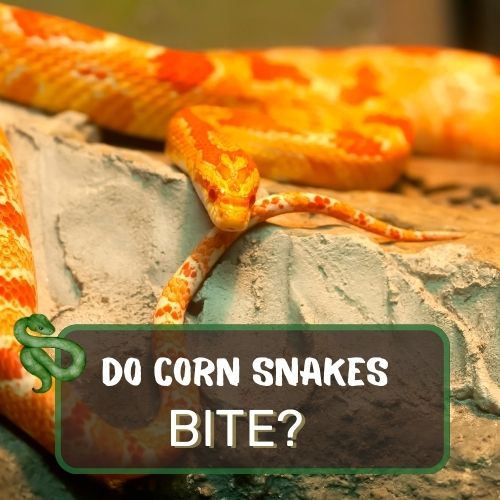
It’s a question many potential snake owners and curious minds often ponder.
In this comprehensive article, we delve deep into the world of corn snakes, addressing this very concern.
We’ve meticulously researched and analyzed various aspects of corn snake behavior, their temperament, and factors that might lead to a bite.
By reading this article, you’ll gain a thorough understanding of these fascinating creatures, their interaction with humans, and the circumstances under which they might feel threatened.
Whether you’re considering adopting a corn snake or simply wish to quench your curiosity, this article promises to provide insights that are both enlightening and practical.
Dive in to unravel the mystery behind the bite of the corn snake.
Table of Contents
- 1 Addressing the primary concern: Do corn snakes bite?
- 2 Corn snakes and their popularity as pets
- 3 Temperament and Behavior
- 4 Characteristics of Corn Snakes
- 5 Handling Corn Snakes
- 6 Things to Consider Before Owning a Corn Snake
- 7 Social Structure and Co-habitation
- 8 Choosing the Right Corn Snake
- 9 Health Concerns
- 10 Conclusion
- 11 FAQ
Addressing the primary concern: Do corn snakes bite?
The short answer is yes, they can. But before you jump to conclusions, it’s essential to understand the context. Corn snakes, like all creatures, have the capability to bite. However, they’re known for their docile nature, especially when compared to other snake species. A bite from a corn snake is usually a rare occurrence and often happens due to stress, fear, or mistaken identity during feeding time. For instance, if your hand smells like their food (say, a mouse), they might mistake it for a meal. But, in general, with proper handling and care, the chances of getting bitten are minimal.
Corn snakes and their popularity as pets

Corn snakes have steadily climbed the popularity ladder in the pet world, and it’s not hard to see why.
Their vibrant colors, manageable size, and the aforementioned docile temperament make them a top choice for reptile enthusiasts, both beginners and veterans.
But why are they so popular? For starters, their temperament plays a significant role. As we’ve established, they’re not quick to bite, making them ideal for those new to snake ownership.
Their feeding habits are also relatively straightforward. They primarily feed on mice, which are readily available in pet stores.
Plus, the variety of beautiful colors and patterns resulting from selective breeding has made them a favorite among enthusiasts.
Moreover, their lifecycle and care are well-understood. With a lifespan that can stretch over 15 years and a size ranging between 4 to 6 feet, they’re a long-term companion that doesn’t demand an enormous space.
Their care routine, from shedding to feeding, is well-documented, making it easier for owners to provide the best for their slithering friends.
While corn snakes can bite, it’s a rarity. Their calm nature combined with their striking appearance has cemented their status as one of the go-to pet snakes.
If you’re considering getting one, remember that understanding and respecting their needs is the key to a happy, bite-free relationship.
Temperament and Behavior
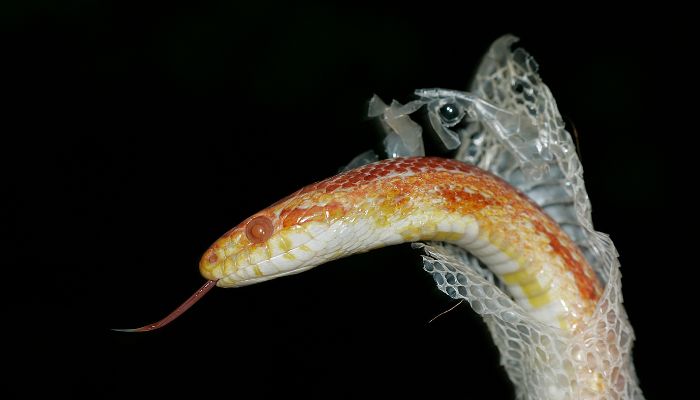
When it comes to snakes, especially as pets, temperament is a crucial factor. After all, no one wants a pet that’s constantly on edge or aggressive.
So, let’s delve deeper into the temperament and behavior of corn snakes.
General temperament: Calm, docile, and placid nature.
Corn snakes are often described as the “golden retrievers” of the snake world. They’re calm, docile, and have a placid nature, making them a joy to handle and observe.
Unlike some other snake species that can be unpredictable, corn snakes are consistent in their behavior, making them less intimidating to handle.
Corn snakes as a choice for beginners.
Their easy-going nature makes corn snakes an excellent choice for beginners. New snake owners might feel overwhelmed with a species that’s more temperamental, but corn snakes offer a gentle introduction to the world of reptiles.
Their care requirements, combined with their forgiving nature, make them an ideal starter snake.
Their likelihood to bite and their usual responses to threats.
While corn snakes can bite, it’s essential to understand that they usually don’t bite out of aggression. Most bites occur due to mistaken identity (thinking a hand is food) or if they feel threatened.
When faced with a potential threat, their first instinct is often to flee rather than fight. If they do feel cornered, they might hiss or show defensive behavior before resorting to a bite.
Tail rattling as a warning sign.
An interesting behavior exhibited by corn snakes is tail rattling. If they feel threatened, they might vibrate their tails rapidly, similar to a rattlesnake.
While they don’t have a rattle, the sound produced, especially if they’re on a dry substrate like leaves, can mimic that of a rattlesnake. It’s their way of saying, “Back off!”
Characteristics of Corn Snakes
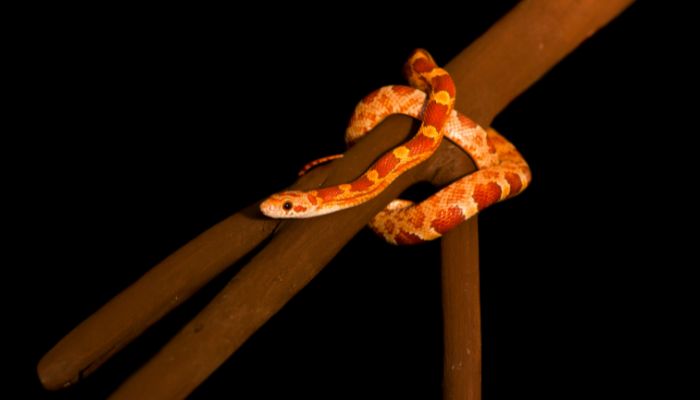
Corn snakes are not just popular because of their temperament. Their unique characteristics also make them stand out.
Nonvenomous nature.
One of the primary reasons corn snakes are so popular as pets is their nonvenomous nature. Unlike some snakes that can deliver a venomous bite, corn snakes pose no such threat, making them safer to handle.
Physical features like round pupils.
Corn snakes have distinct round pupils, unlike venomous snakes that often have vertical, slit-like pupils. This feature, combined with their vibrant color patterns, makes them easily distinguishable from potentially dangerous snakes.
Behavior when threatened: fleeing and emitting musk.
When faced with danger, a corn snake’s first instinct is to flee. They’re more likely to run (or slither) away from a threat than confront it.
However, if they feel cornered and can’t escape, they might emit a foul-smelling musk as a defense mechanism. This musk can deter potential predators, giving the snake a chance to escape.
In essence, corn snakes are a bundle of fascinating characteristics and behaviors. Their non-threatening nature, combined with their captivating appearance, makes them a beloved pet in the reptile community.
Handling Corn Snakes
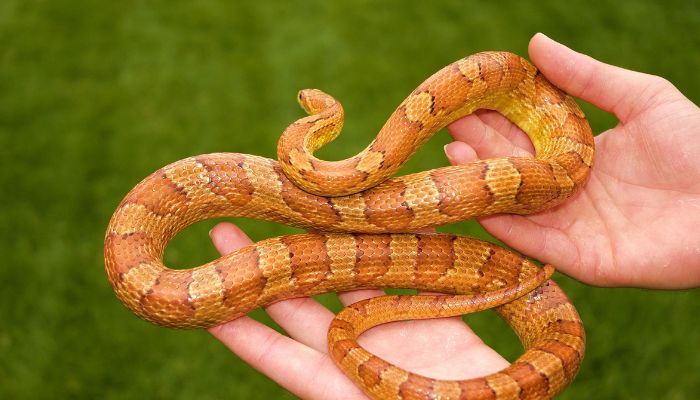
Handling is an integral part of owning any pet, and with corn snakes, it’s no different. However, there are certain practices and considerations to keep in mind to ensure the safety and comfort of both the snake and the handler.
Best practices for handling.
When handling corn snakes, always approach them slowly and gently. Quick movements can startle them, leading to stress or defensive behavior.
It’s best to handle them by gently scooping them up from below, supporting as much of their body as possible. Avoid grabbing them from above or pinning them down, as this can be perceived as a threat.
Frequency and duration of handling sessions.
For new or young corn snakes, it’s advisable to limit handling to a few minutes, a couple of times a week. This allows them to get accustomed to human interaction without overwhelming them.
As they grow and become more comfortable, handling sessions can be extended, but it’s still a good idea to limit each session to 15-20 minutes to prevent undue stress.
Always avoid handling them right after feeding or during their shedding process.
Importance of hygiene before and after handling.
Hygiene is paramount when handling any reptile, corn snakes included. Before handling, wash your hands to remove any scents that might confuse the snake.
After handling, it’s crucial to wash your hands again to prevent the spread of potential pathogens like salmonella. Using a hand sanitizer can also be beneficial.
Things to Consider Before Owning a Corn Snake
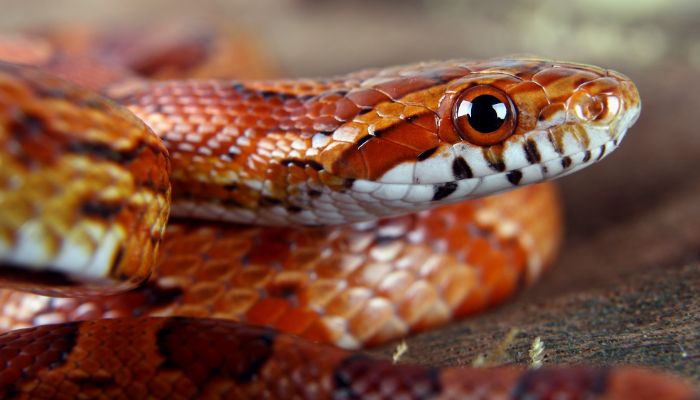
Owning a corn snake, or any pet for that matter, is a significant responsibility. It’s not just about the joy of having a pet but also about ensuring their well-being and happiness.
Responsibilities and considerations for potential owners.
Corn snakes, while relatively low-maintenance, still require consistent care. This includes providing a suitable habitat, regular feeding, and ensuring their health.
Potential owners should also be prepared for a long-term commitment, as corn snakes can live up to 15-20 years in captivity.
Additionally, understanding local laws and regulations regarding snake ownership is crucial.
Importance of research and understanding the snake’s needs.
Before bringing a corn snake home, thorough research is essential. This means understanding their habitat requirements, diet, potential health issues, and general behavior.
Joining reptile forums, reading books, or consulting with experienced corn snake owners can provide invaluable insights.
The more you know, the better equipped you’ll be to provide a loving and nurturing environment for your slithery companion.
Social Structure and Co-habitation
Corn snakes, like many reptiles, have specific social behaviors and housing needs that potential owners should be aware of.
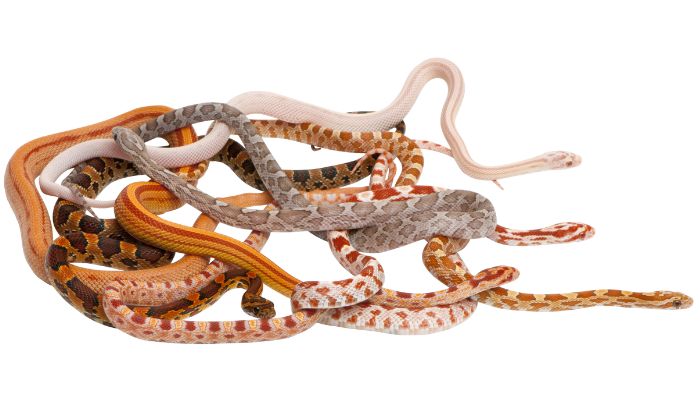
Natural solitary behavior of corn snakes.
In the wild, corn snakes are solitary creatures. They prefer to hunt, explore, and rest alone. This behavior is deeply ingrained, and while they might tolerate the presence of other snakes, it doesn’t mean they enjoy or benefit from it.
Risks and considerations of housing multiple snakes together.
Co-habiting corn snakes can lead to several issues. There’s the risk of competition for resources, which can result in stress, malnutrition, or even injury.
Additionally, if one snake becomes ill, the close proximity can lead to rapid disease transmission.
Also, while corn snakes aren’t known for cannibalistic tendencies, larger snakes might prey on smaller ones if there’s a significant size difference.
If one does decide to house multiple snakes together, it’s essential to monitor their behavior closely and provide ample resources to minimize competition.
Choosing the Right Corn Snake
Selecting the right corn snake is crucial for a fulfilling pet-owner relationship.
Importance of handling before purchasing.
Handling a snake before purchasing allows potential owners to gauge its temperament. It also provides an opportunity to check for any signs of distress, injury, or illness.
Signs of a healthy corn snake.
A healthy corn snake should have clear eyes (unless shedding), smooth scales, and an alert demeanor. It should be free from mites, have a well-rounded body, and show no signs of respiratory distress.
Quarantine practices for new snakes.
Whenever a new snake is introduced to a household, it’s essential to quarantine it for a first few weeks. This helps in monitoring the snake for any signs of illness and prevents potential transmission of diseases to other pets.
Health Concerns
Corn snakes, like all animals, can face health challenges.
The possibility of corn snakes developing cancer.
While cancer in corn snakes isn’t as commonly discussed as in mammals, it’s a possibility. Just like in other animals, genetic factors, environmental conditions, and age can contribute to the development of tumors.

Documented cases and types of cancers.
There have been documented cases of corn snakes developing tumors, both benign and malignant. Lymphoma, fibrosarcoma, and adenocarcinoma are among the types of cancers observed in snakes.
The broader perspective on cancer in animals.
Cancer isn’t exclusive to humans. Many animals, from domestic pets to wild creatures, can develop tumors.
The causes can range from genetic predispositions to environmental factors. Regular check-ups, a clean environment, and a balanced diet can help in early detection and prevention.
Conclusion
Corn snakes, with their vibrant colors and docile nature, have rightfully earned their place as one of the most popular pet snakes.
Their relatively straightforward care requirements combined with their calm demeanor make them an excellent choice for both novice and experienced reptile enthusiasts.
However, like all pets, they come with responsibilities. From understanding their solitary nature to recognizing signs of health concerns, owning a corn snake requires dedication, research, and a genuine love for these slithering companions.
In the end, with the right care and understanding, a corn snake can be a fascinating and rewarding pet, offering years of companionship and wonder.
FAQ
What happens if a corn snake bites you?
If a corn snake bites you, don’t panic. Their bites are nonvenomous and usually result in minor puncture wounds. Clean the area with warm water and soap, apply an antiseptic, and monitor for signs of infection. It’s also essential to understand why the bite occurred to prevent future incidents.
Are corn snakes friendly?
Yes, corn snakes are known for their friendly and docile nature. With regular handling and proper care, they become accustomed to human interaction and can be very gentle.
Why is my corn snake hissing at me?
Hissing is a defensive behavior. If your corn snake is hissing, it might feel threatened or stressed. Ensure that their environment is suitable, and approach them calmly and slowly to reduce stress.
What scent do snakes hate?
Snakes have a keen sense of smell, and they tend to avoid strong, pungent odors. Some scents that are believed to repel snakes include cinnamon, cloves, and ammonia. However, it’s essential to ensure any scent or repellent used is safe for the snake.
What is the biggest trouble with corn snakes?
The most significant issues with corn snakes usually revolve around improper care or habitat. This can include incorrect temperature or humidity levels, inadequate diet, or lack of proper hygiene. Regular monitoring and research can help mitigate most of these issues, ensuring a healthy life for the snake.

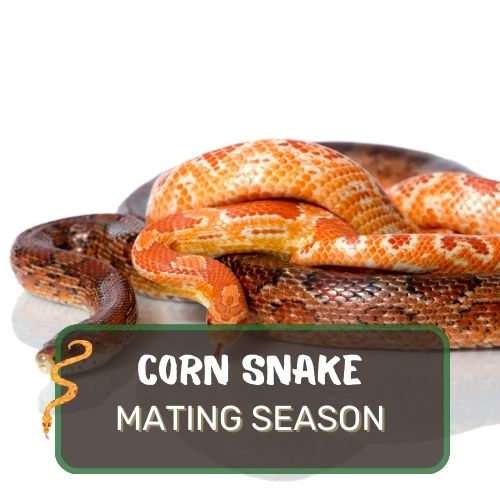
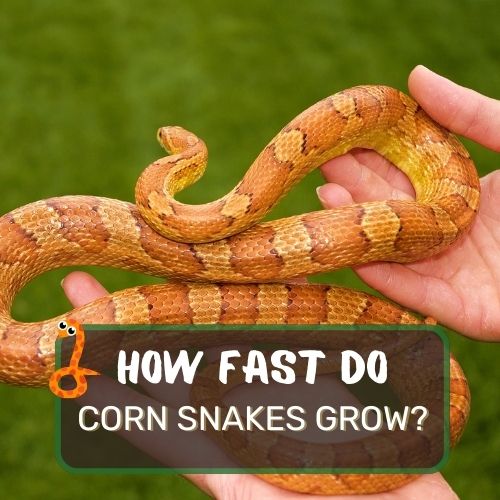
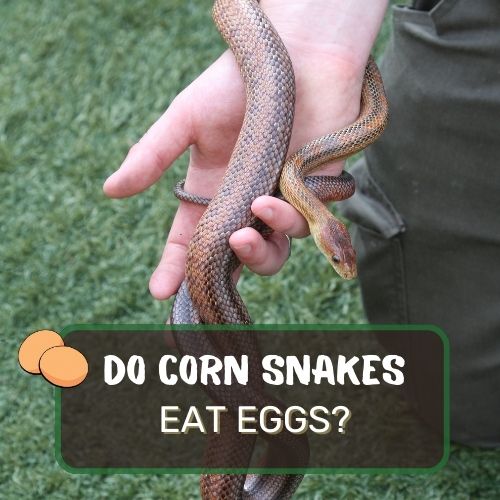
0 Comments